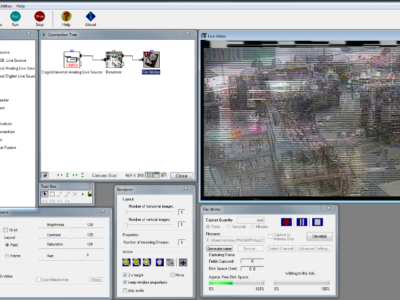As we know, Tesla company is a tech-oriented organization committed to the production of refined modern AIs. Tesla also prioritizes the use and manufacturing of environmentally friendly machines. They began with the production of EVs (Electric Vehicles), hoping to replace fuel-driven cars and reduce carbon emissions.
These vehicles are superfast, have convenient user services, and you can easily charge them via Tesla vehicle chargers. At present, there are two types of chargers you can use to charge your Tesla – Destination Charger & Supercharger.
Both Tesla chargers perform their charging duty efficiently when used. However, there are significant distinctions in the way they operate and their features. This article explains and helps you understand the differences between Tesla Destination Charger and Tesla Supercharger.
What is a Tesla Destination Charger?
Of the two types of Tesla EV chargers, the Destination charger is the most common. Tesla Destination chargers are installed by Tesla’s “Charging Partners,” i.e., Companies who choose to install a Tesla Wall Connector on their property for public use.
These companies include hotels, resorts, restaurants, and other places where you are likely to spend a few hours without driving. Tesla Destination Charger allows you to charge your vehicle without necessarily being present at the charging spot. It allows you to, for instance, charge your Tesla while enjoying yourself at a restaurant, resort, hotel, etc.
What is a Tesla Supercharger?
Unlike Destination chargers, which can be found at several convenience facilities, Tesla superchargers are at dedicated charging stations. They are used when you are on the road and need a quick boost to charge your Tesla cars.
Tesla Supercharger stations work similarly to normal petrol and gas stations where you can recharge your vehicle and be on the road ASAP. They can be found on the highway or at major road intersections and bus stops.
Tesla Destination Chargers vs. Tesla Superchargers?
While both sets of chargers are designed to perform a singular task, that is, to charge Tesla EVs efficiently. There are some notable differences in the way this is done. The subsequent part of this article explains these differences using two major feature categories; Charging Rate & Speed, Charging Price.
Charging Rate & Speed
- Destination chargers: They charge at a much slower rate compared to Superchargers. Tesla Destination chargers charge at an output rate of about 240v/50A. The charging usually takes about 12 hours to complete, with each hour lasting an average of about 45 miles.
- Tesla Superchargers: They use 450V electricity to charge Tesla EVs. Your Tesla can be fully charged within 75 minutes, with every 15 minutes granting you an average of 150 miles.
Charging Price
- Destination Chargers: Tesla Destination chargers are technically available for free. You simply have to be a customer of the Tesla Charging Partner where the charging wall is installed. Simply put, you have to patronize the convenience facility, i.e., hotels, restaurants, etc., and you can get access to the available destination charger.
- Superchargers: The rate for supercharging depends on several factors, e.g., the Tesla model you’re driving, battery efficiency, cost of electricity, location, etc. Nonetheless, the average charging rate for superchargers is between $14 and $17, exempting idle fees.
Idle charging means charging more than the speculated time (5 minutes). Some drivers may forget to unplug their vehicles, causing you to wait longer in the queue. Tesla charges such drivers more expenses, i.e., between 50 cents and $1 per minute. This may prompt you to opt for a more convenient charging method in Destination chargers when looking to charge your Tesla.
Conclusion
Despite their speed, Superchargers take more time than filling a tank at a gas station. This would cause you to wait a while before getting your EV charged. Also, there is a possibility of other drivers idle charging while you wait in line.










Comments